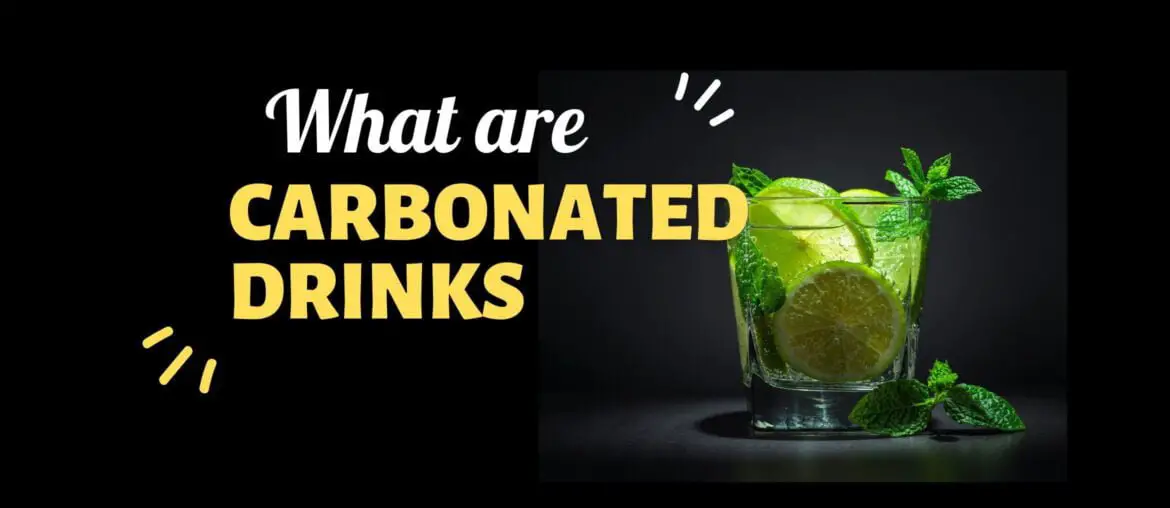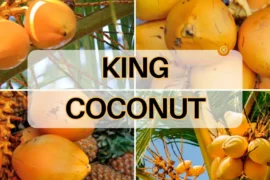Carbonated drinks, commonly known as soft drinks, fill carbon dioxide into liquid beverages. Their main components are sugar, pigment, and spices. Except for calories, they basically have no nutrition. In fact, standard drinks such as coke, soda, and beer belong to carbonated beverages. There are mainly five types of carbonated beverages: juice type, fruit flavor type, cola-type, low-calorie type, and other types. The flavor, packaging, and volume of each carbonated beverage are different. Let’s learn what carbonated drinks are!
What is a carbonated drink?
A carbonated beverage is a beverage added with carbon dioxide gas. Carbon dioxide itself is colorless and tasteless. However, under the environment of cooling and pressure, carbon dioxide is easy to dissolve into water to form carbonic acid.
8 grams of carbon dioxide can be dissolved in each liter of water. Simply put, carbon dioxide + water = carbonic acid. It is this acid that causes the tingling of the tongue. Carbonated drinks are based on carbonated water and often need to add sucrose and spices for condiments. Generally, the water content in carbonated drinks can reach more than 90%.
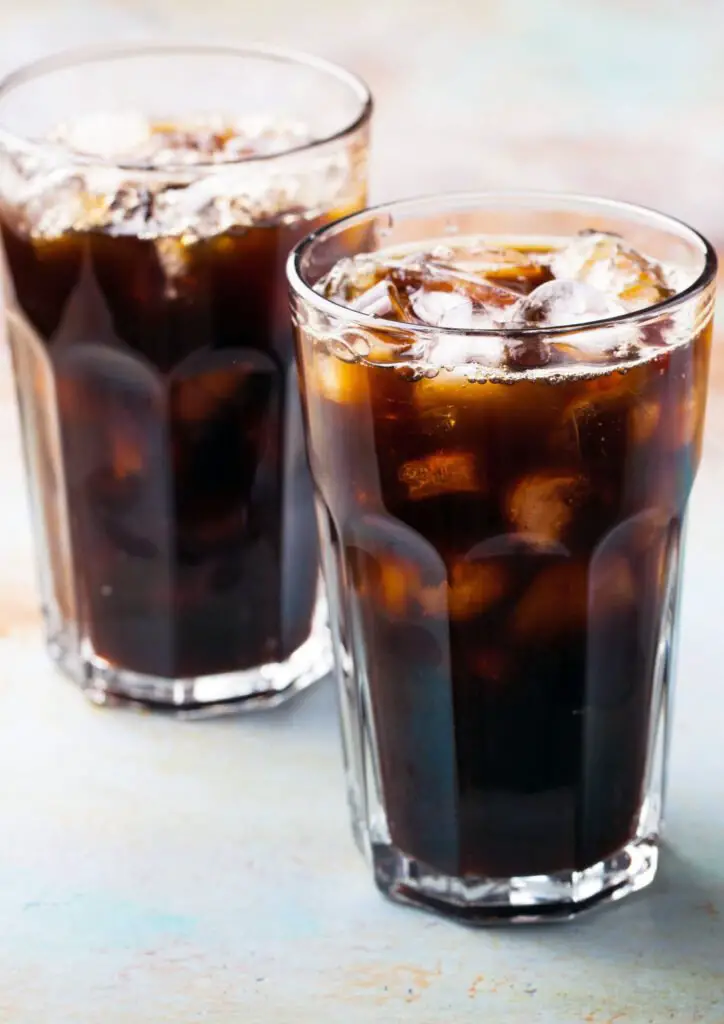
Carbonated drinks can produce carbonation, and carbonated beverages are foamed because of the escaping of carbon dioxide gas in beverages. Carbonic acid is extremely unstable. Under high temperature and low pressure, it will decompose rapidly and release carbon dioxide gas. Carbonic acid can produce in nature and through artificial synthesis.
Carbonated drinks include cola we usually drink and soda, beer, and even spring water. However, spring water is a naturally carbonated beverage absorbing carbon dioxide from the ground. The carbon dioxide contained in beer is also produced in the process of natural fermentation.
Soda and coke are typical artificial carbonated drinks. These carbonated drinks are also considered “soft drinks.” Soft drinks also refer to those non-alcoholic drinks – those containing alcohol are usually called “hard drinks.” Therefore, lemonade is a soft drink, but it is not necessarily a carbonic acid drink.
Main components of carbonated beverages
The main components of carbonated drinks include acidic substances such as carbonated water and citric acid, white sugar, and spices. In addition, some contain caffeine and artificial colors. Generally, they do not contain vitamins or minerals.
Fruit juice carbonated drinks contain 2.5% or more natural fruit juice, and cola carbonated drinks contain cola fruit, white lemon, laurel, caramel pigment, etc.
What kinds of carbonated drinks are there
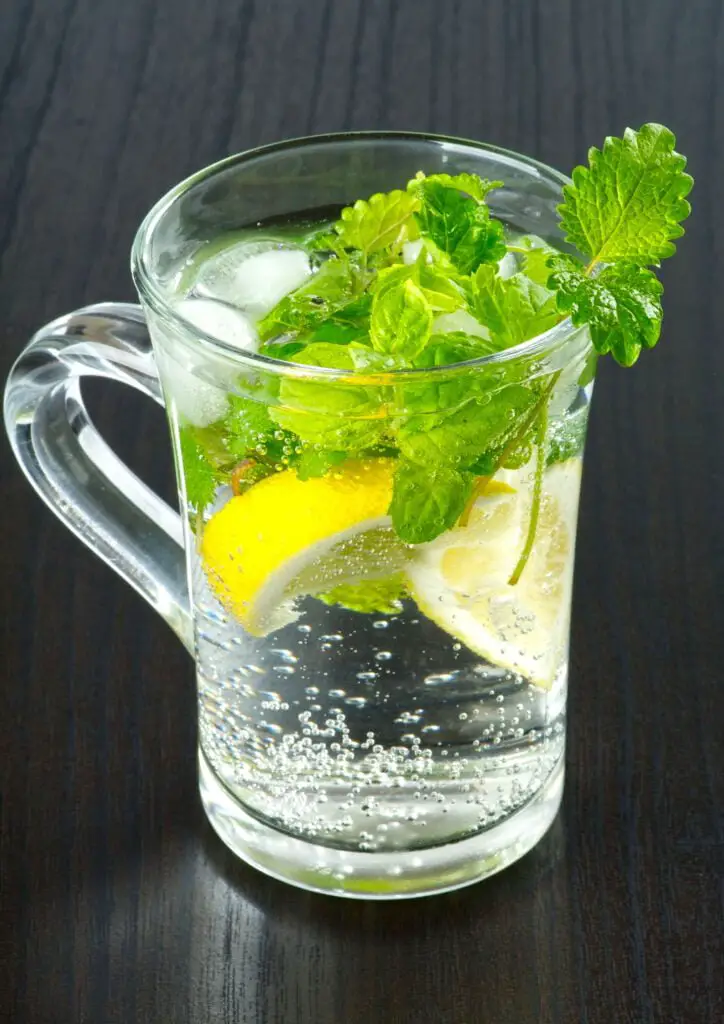
- Fruit juice carbonated beverage.
- It refers to the carbonated beverage with the content of original fruit juice higher than 2.5%.
- Fruity carbonated beverage.
- It refers to the carbonated beverage with fruit flavor as the main fragrance and the original juice content less than 2.5%.
- Cola-type carbonated beverage.
- A carbonated beverage containing spicy and fruity flavors containing caramel, cola flavors, or similar cola fruits and fruit flavors.
- Low-calorie carbonated drinks.
- It refers to all types of carbonated drinks and soda water that use sweeteners to replace sugar in whole or in part, and the calorie is less than 75kj / 100ml.
- Other carbonated beverages.
- Refers to carbonated beverages that contain plant extracts or non-fruit-flavored edible flavors as flavoring agents and supplement the electrolytes and energy lost by the human body after exercise, such as sports soft drinks.
At present, carbonated beverages include cola, fruit-flavored, and low-calorie beverages, and the flavors are dominated by lemon and citrus flavors. The packaging consists of plastic bottles, metal cans, glass bottles, etc. The volume is also different.
In addition to indicating the product name, product type, net content, ingredient list, name and address of the manufacturer (or distributor), product standard number, production date, and shelf life, the fruit juice type must indicate the original juice content. The type must be marked with the “fruity” mark. The cola-type must be marked with the name of the sour agent. the low-calorie type must be marked with the name and calorific value of the sweetener.
The recipes and ingrediand for carbonated drinks
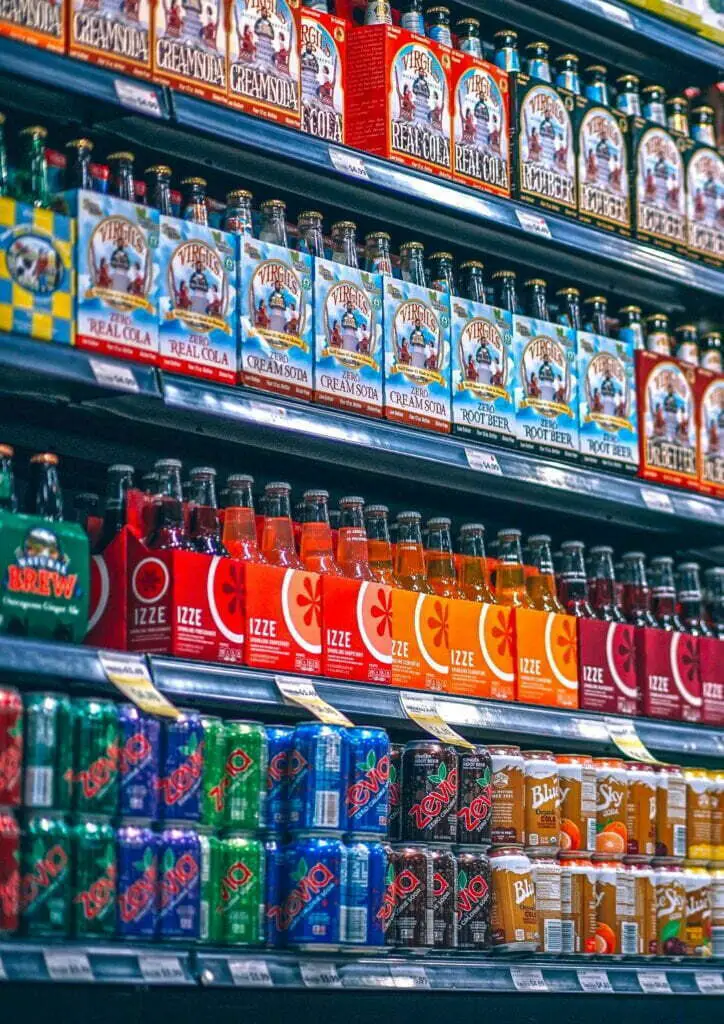
- Cola: white sugar 4%, cyclamate 0.06%, protein sugar (50 times) 0.08%, phosphoric acid 0.08%, sodium benzoate 0.02%, cola flavor 0.20%.
- Sprite: white sugar 4%, sodium cyclamate 0.06%, protein sugar (50 times) 0.08%, citric acid 0.17%, sodium citrate 0.06%, sodium benzoate 0.02%, white lemon essence 0.1%.
- Sweet orange: white sugar 4%, cyclamate 0.06%, protein sugar (50 times) 0.08%, citric acid 0.15%, sodium citrate 0.03%, sodium benzoate 0.02%, emulsified sweet orange essence 0.12%.
- Green apple: white sugar 6%, sodium cyclamate 0.06%, protein sugar (50 times) 0.04%, citric acid 0.16%, sodium citrate 0.03%, salt 0.02%, sodium benzoate 0.02%, apple essence 0.1%.
- Pineapple: white sugar 6%, sodium cyclamate 0.06%, protein sugar (50 times) 0.04%, citric acid 0.16%, sodium citrate 0.02%, salt 0.03%, sodium benzoate 0.02%, emulsified sugar core pineapple essence 0.08% .
- Peach: 6% white sugar, 0.05% sodium cyclamate, 0.1% citric acid, 0.02% sodium citrate, 0.02% sodium benzoate, 0.08% emulsified peach essence, 0.04% yellow peach essence.
How to make carbonated drinks at home
The production process of carbonated drinks is also relatively simple. First, dissolve citric acid, baking soda, and sugar with an appropriate amount of water, mix them in the bottle, put a proper amount of baking soda into the bottle, and tighten it. If you want to drink fruit-flavored carbonated drinks, you can also add some fruit juice or honey, which can also enrich the taste of carbonated drinks.
Ingredients:
Drinking water, Fresh fruit juice, Citric acid 9g, Sugar 30g, Baking soda 6g, Honey, Vitamin C.
Method:
- Squeeze fresh juice and set aside. Mix citric acid, sugar and baking soda with appropriate amount of water.
- Dissolve citric acid solution and sugar in a beverage bottle and mix. Pour in the juice.
- Add baking soda solution and quickly close the bottle.
- If you want to be more nutritious, you can also add an appropriate amount of honey and vitamin C.
- If you want to cool, you can also add a few mint leaves or ice.
Because citric acid and baking soda react to produce carbon dioxide gas, there will be burps after drinking. Since the main components of carbonated drinks are water, carbon dioxide, and other additives, it is necessary to prepare enough raw materials to make carbonated drinks. Water, baking soda, citric acid, and white sugar are all necessary raw materials.
Is carbonated drink acidic or alkaline
Human food can be divided into acidic food and alkaline food. Judging the acidity and alkalinity of food is not based on people’s taste or the chemistry of food dissolved in water, but on the acidity and alkalinity of the final metabolites generated after food enters the human body.
Carbonic acid will decompose into carbon dioxide and water in the stomach, and a large amount of sugar will enter the tricarboxylic acid cycle to generate energy. This intermediate product is acidic, so carbonated drinks belong to weakly acidic foods.
Who should not drink carbonated beverages
Pregnant women
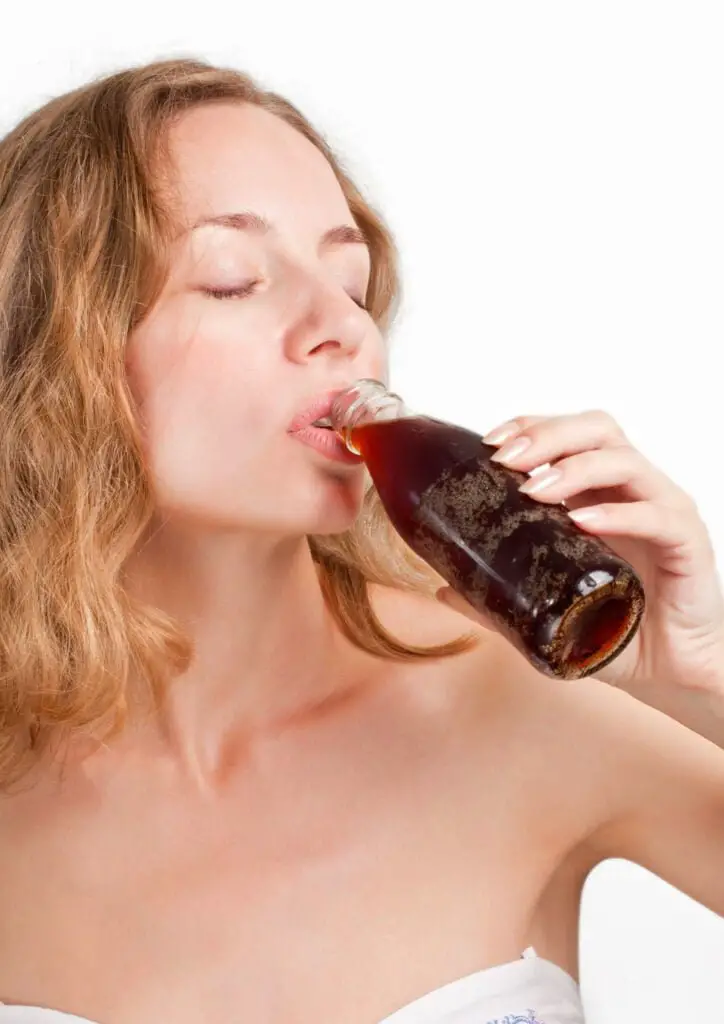
In addition to causing obesity in pregnant women, the sugar in carbonated beverages may also raise blood sugar in pregnant women, leading to gestational diabetes.
In order to conceive a fetus during pregnancy, pregnant women will give priority to ensuring the nutritional needs of the fetus and are prone to calcium deficiency, and if they drink carbonated beverages, it is more likely to lead to calcium deficiency in pregnant women.
Breastfeeding women
Breastfeeding women are also prone to calcium deficiency. Carbonated beverages may also affect the quality of milk and the health of babies.
Menopausal women
Menopausal women are prone to osteoporosis due to insufficient estrogen secretion, so it is not easy to drink carbonated beverages to avoid further damage to bone health.
Patients with high blood pressure and heart disease
Studies have shown that drinking many carbonated beverages frequently will increase the risk of hypertension and induce cardiovascular disease. Therefore, people with hypertension and heart disease should drink as few carbonated beverages as possible.
Diabetics
Carbonated beverages are high in sugar, and people with diabetes should try to avoid carbonated drinks to avoid raising blood sugar and aggravating the condition. In fact, carbonated drinks and sweet drinks with sugar content, fruit juice drinks, etc., should be drunk as little as possible.
It is advisable to drink more boiled water every day and drink light tea, light coffee, and other refreshing drinks without sugar in moderation. For women, it is advisable to drink more water. Also, drink fermented tea such as black tea.
Children
Some ingredients in carbonated drinks affect children’s growth. For example, cola contains caffeine, which stimulates the central nervous system and can cause children to be irritable undisciplined, and their academic performance declines. It may also lead to obesity and affect the health of children.

